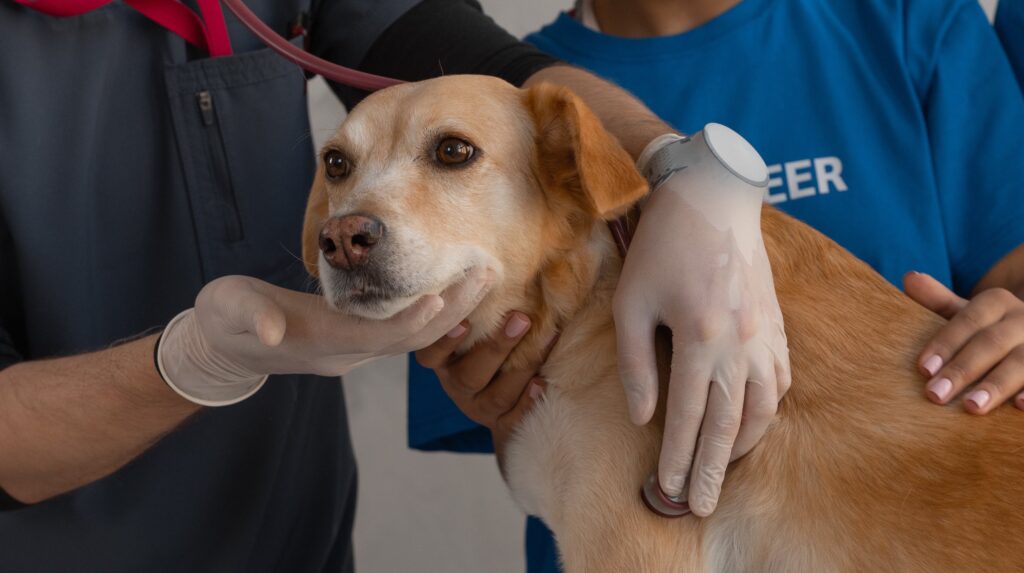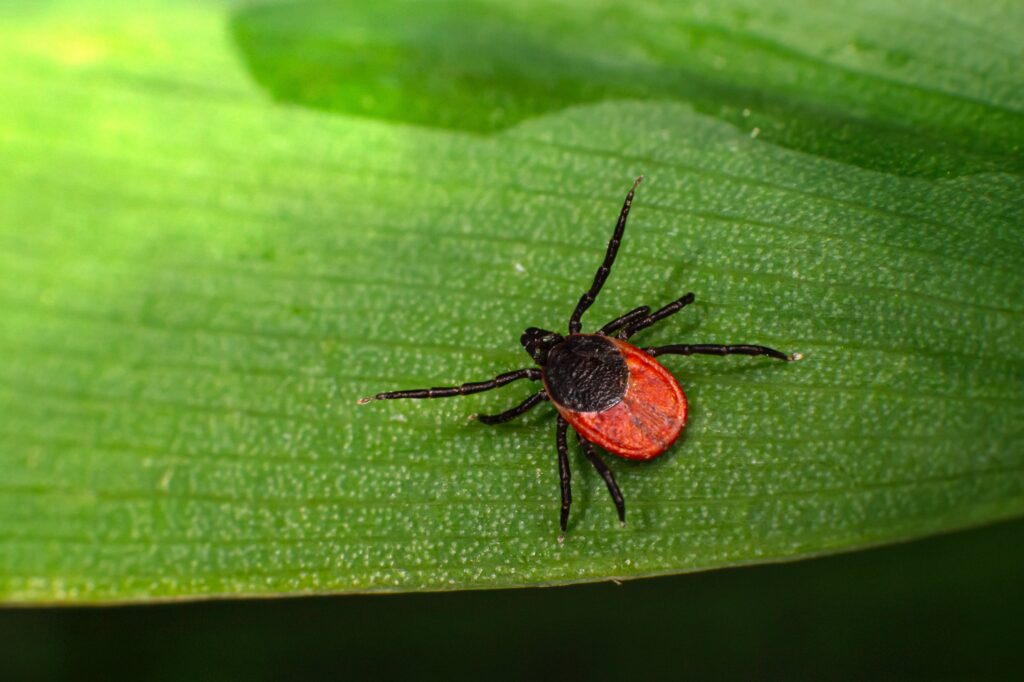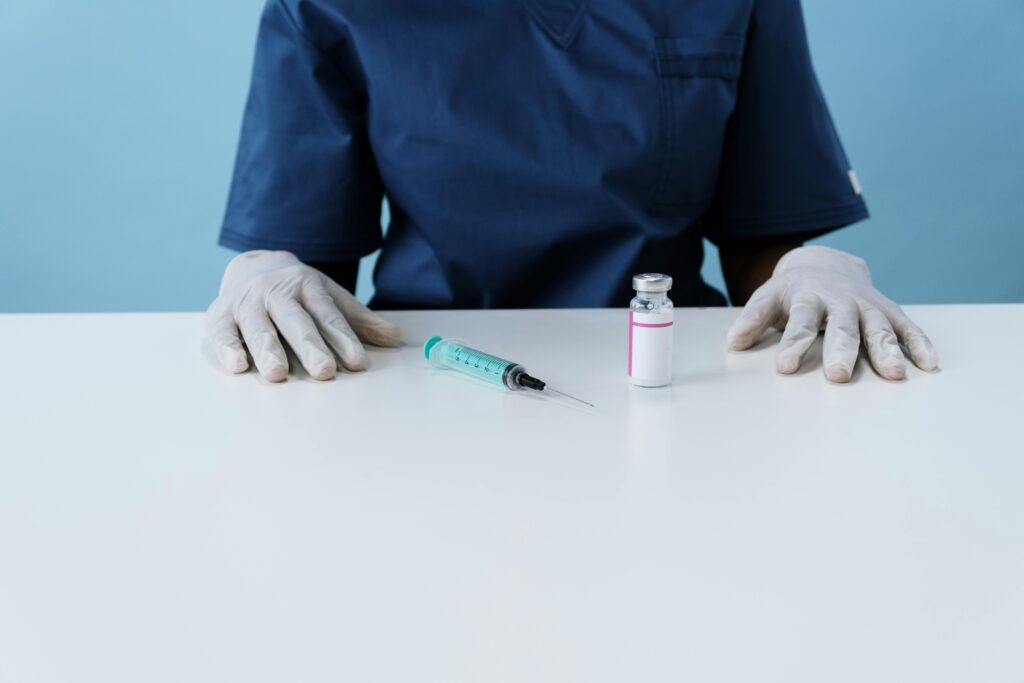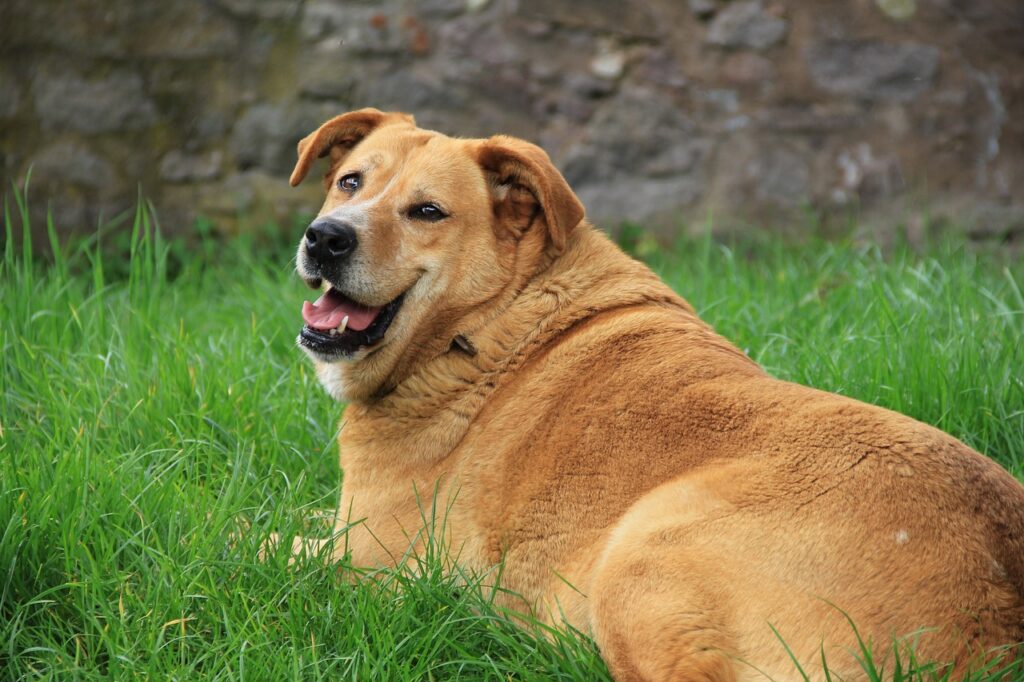
Our dogs aren’t just pets; they’re beloved family members. Like all family members, we want them to live long, healthy, and happy lives. To make sure our furry friends stay at their best, it's crucial to be aware of common dog diseases and know how to treat them effectively.
List
Identification and Management of Fleas and Ticks
We can't overlook the discomfort and potential harm that fleas and ticks can bring to our furry friends. These tiny yet tenacious pests aren't just itchy irritations; they're veritable vessels of disease that can greatly affect your dog's health.
Acting as vigilant pet parents, we can spot early signs of an infestation. Your dog may be scratching more than usual, displaying red or inflamed skin. In some instances, you might even spot tiny bugs or a substance that resembles black pepper – this is flea dirt – in your dog's fur.
But don't fret - there are effective ways to manage these pests. There are a plethora of flea and tick prevention products available on the market, from spot-on treatments, sprays, and collars to oral medications. These treatments work to not only kill adult fleas and ticks but also disrupt the life cycle of these pests, preventing future infestations.

Grooming plays a key role in flea and tick management too. Regular baths with flea and tick shampoos can help kill pests on your dog's skin and fur. A fine-toothed flea comb is useful for removing fleas and their eggs.
Maintaining a clean environment for your dog is equally important. Regularly vacuuming your home and washing your pet's bedding can drastically reduce the number of fleas and ticks. Remember, these pests aren't just a menace to your dog, but they can infest your home too.
Dealing with fleas and ticks can be an ongoing battle, but with careful observation, proper prevention, and treatment methods, we can ensure our dogs lead a life free from these pesky parasites.
Parvovirus: A Deadly Threat to Dogs
Parvovirus is a formidable adversary that poses a grave risk to our four-legged companions, particularly those in the puppy stage. Its highly infectious nature makes it one of the most feared diseases in the canine world. Parvovirus tends to manifest in symptoms like profound lethargy, uncontrolled vomiting, a lack of appetite, and alarming bouts of bloody diarrhea.
A pet displaying these symptoms requires immediate medical attention, as parvovirus is swift and unforgiving, with a high fatality rate. But rest assured, treatment options are available. Depending on the severity of the disease, your veterinarian may recommend hospitalization for aggressive treatment, including fluid therapy, antibiotics, and medication to control the vomiting.
As pet parents, we hold the power to prevent this dangerous virus from reaching our beloved dogs. The best weapon we have against parvovirus is vaccination. Starting as early as six weeks of age, puppies should receive a series of vaccines over several weeks to build their immunity. Adult dogs should have their parvovirus vaccine updated regularly as advised by the veterinarian.

Keeping the environment clean is also a crucial step in prevention. The parvovirus can live in the environment for months, posing a constant risk to dogs. Regular cleaning of your dog's living areas with a bleach-based product can help to kill the virus.
Limiting your young puppy’s exposure to unvaccinated dogs and areas of high dog traffic until their vaccination series is complete is also wise. This is because puppies can contract the virus through contact with an infected dog’s feces, even if the infected dog shows no symptoms.
Despite the danger it presents, with vigilant care, regular vaccinations, and a clean environment, we can protect our furry friends from the potentially deadly grip of the canine parvovirus.
Recognizing and Addressing Obesity in Dogs
While every pet parent loves to spoil their four-legged family members with treats and cuddles, it's vital to understand the thin line between pampering and overindulgence. Obesity in dogs is an escalating problem that comes with a host of potential health complications such as diabetes, heart disease, and arthritis.
Is your dog carrying a few extra pounds? It might be more serious than it appears. Recognizing obesity is the first step towards addressing it. But how can we tell if our furry friends are overweight? Look out for signs like difficulty in walking, an inability to feel your dog’s ribs under a layer of fat, and lethargy.
A telltale sign of obesity is when you observe your dog from above, and they appear to have a broad, flat back with no discernible waist. On the side profile, if their belly sags, it may indicate excess weight. However, it's always best to have your vet perform a more accurate assessment of your dog's body condition score to confirm whether or not they are overweight.
Once you’ve identified that your pooch is overweight, the next step is to formulate a weight loss plan. Start with a vet consultation to rule out any medical conditions causing the weight gain. If it's purely down to overeating or lack of exercise, your vet will help create a balanced diet and exercise regimen suitable for your dog's age, size, and breed.

While treats can still be part of your dog's diet, it’s crucial to portion them properly, and they should make up no more than 10% of your dog's daily caloric intake. Regular exercise, be it a walk in the park or playtime in the backyard, is equally important. Just like humans, dogs need a balanced diet and exercise to maintain a healthy weight.
Remember, tackling obesity isn't about making quick changes; it's a journey. It may take several months for your dog to reach their target weight. Patience, perseverance, and love are key to helping your dog lose weight and reclaim their health. With your help, your dog can enjoy a leaner, healthier, and potentially longer life.
Cancer in Dogs: Early Detection and Treatment
Cancer is an unfortunate reality for many dogs. This disease is as varied as it is prevalent, with symptoms differing based on the cancer type and stage. While the diagnosis can be scary, early detection can often be key to increasing treatment options and improving your furry friend's prognosis.
To detect early signs of cancer, pet parents must stay vigilant. Watch out for unusual swellings that persist or continue to grow. This could be an early sign of tumors. Open sores that seem to defy the healing process might also be a warning sign. Another common symptom is unexplained weight loss. Dogs who suddenly lose their appetite or show difficulties eating or swallowing could be displaying signs of certain types of cancer.
Respiratory issues like continuous cough or difficulty breathing might also signal lung-related cancers. Changes in bathroom habits, especially those involving bloody stools or difficulty urinating, can also be indicative of cancer.
Even with the most watchful eyes, however, many symptoms of cancer can go unnoticed. This is why regular vet check-ups are a must. Vets can often detect issues that might not be visible to the untrained eye and provide crucial early intervention.
Should a cancer diagnosis occur, it's important to remember that it's not a death sentence. Dogs, just like humans, have various treatment options available to them - from surgery, radiation, and chemotherapy to immunotherapy. Deciding on a treatment course will depend on the type of cancer, its stage, and your dog's overall health.
It's essential to have open, honest discussions with your vet about your dog's condition. Understanding the potential risks and benefits of different treatments can help you make informed decisions about your dog's cancer treatment.
Above all, remember that quality of life is the most important factor. Treatments should aim not just to prolong life, but to ensure your dog enjoys the best possible quality of life for as long as possible. Remember, your dog relies on you for comfort and care. Your love and support are the most potent medicine they have.
Dental Disease: A Preventable Problem in Dogs
A dog's captivating grin isn't just a heartwarming sight; it's also a testament to their health. Like us, our four-legged companions can experience dental diseases that can cause discomfort and lead to more severe health issues if not treated promptly. So, what are the telltale signs of dental disease in our dogs?
Bad breath isn't just a mere annoyance but could be a symptom of an underlying oral problem. A tooth that wobbles with ease may not just be a loose baby tooth waiting to fall out, but a sign of deteriorating dental health. If you notice your dog shying away from their favorite chew toy or showing a sudden change in their chewing habits, this could indicate a possible dental issue.
Fortunately, dental disease is one of the few dog health issues that we can prevent with consistent care. Regular brushing of your dog's teeth with dog-friendly toothpaste can help prevent plaque buildup. Dental chews and toys can also support oral health by promoting saliva production, which naturally helps clean the teeth and gums.

As vigilant pet parents, we should also regularly check our dog's mouth for signs of gum disease. Look for swollen, red, or bleeding gums, and don't overlook any bumps or lumps in or around the mouth.
But even with these at-home checks and preventive measures, professional dental cleanings remain indispensable. Regular vet visits that include oral health check-ups are crucial. Your vet can spot early signs of dental disease and can perform professional cleanings to remove any tartar buildup and check for any dental issues that aren't visible to the untrained eye.
Dental disease, while common in dogs, is certainly preventable. With a combination of home care and professional help, we can help keep our dog's teeth sparkling clean and their mouths healthy, ensuring their captivating grins continue to charm us for many years to come.
When to Seek Veterinary Help for Your Dog
As pet parents, we share an unspoken bond with our four-legged family members, a connection that often lets us know when something isn't quite right. This bond, combined with our careful observations, is often the first line of defense when it comes to our dogs' health.
Whether it's a slight change in your dog's behavior, a sudden shift in their eating habits, or a noticeable alteration in their physical condition, these subtle signs might be your dog's way of communicating that something is off. Trust your intuition. If you have a gut feeling that your pup isn't their usual self, it's time to pick up the phone and make that vet appointment.
Certain issues might seem minor and manageable at home, but it's always safer to get a professional opinion. Our love and concern for our furry friends can sometimes cloud our judgement and prevent us from seeing the full extent of the problem. A vet, with their extensive knowledge and unbiased perspective, can provide a precise diagnosis and prescribe an effective course of treatment.
In the world of pet health, it's always better to be safe than sorry. Early intervention can often be the difference between a quick recovery and a prolonged illness, or in severe cases, life and death. Remember, you're not just your dog's best friend, you're also their best advocate when it comes to their health. So, don't hesitate to seek professional help when you think it's needed.
In the end, our goal is the same: to ensure our dogs live long, happy, and healthy lives. By trusting our instincts, paying close attention to signs of discomfort, and knowing when to seek professional help, we can ensure that we're doing everything we can to keep our furry family members at their very best.